transportation and the development of each city are complementary. As an important branch of smart city construction, smart transportation has received more and more attention. This article introduces the concept and overall framework of intelligent transportation, focuses on the application of wireless sensor network, data mining, intelligent transportation cloud and other key technologies in intelligent transportation, and finally explains the actual application status of intelligent transportation.
Key words: smart city; smart transportation; wireless sensor network; data mining; intelligent transportation cloud
Introduction
At the same time of large-scale urban expansion, the infrastructure construction and management mode reform are relatively lagging behind, so the "urban disease" is becoming increasingly serious, and traffic congestion and traffic accidents are the most representative "symptoms". According to the 2014 research data of China Economic Life Survey, the annual loss of time, fuel, environment and other aspects caused by traffic congestion in Beijing is up to 70 billion [1]. Although in order to alleviate the traffic congestion, we have implemented the policies of car license number restriction and car purchase with lottery number and achieved some success, which can not fundamentally solve the problem, it will reduce the residents' travel satisfaction, while the traffic congestion situation is still increasingly serious, which is not conducive to the healthy development of the city. Therefore, the research of intelligent transportation is imperative.
Intelligent transportation is an interdisciplinary and comprehensive subject. In order to realize the coordination of vehicle and road, the integration of all-round things and the unification of standards, multi-party collaborative research is needed. In order to make researchers in the field of intelligent transportation understand their research situation more uniformly, this article briefly introduces the concept and framework of intelligent transportation, introduces the key technologies and several specific applications of intelligent transportation in detail, and explains the application status and development trend of intelligent transportation.
1 overview of Intelligent Transportation
The concept of intelligent transportation can be traced back to the Intelligent Transportation System (ITS) in the 1980s. Its is a real-time integrated management system that comprehensively uses information processing and computer technology to improve the service effect of transportation. It has been widely used, reducing fuel consumption by up to 30% and exhaust emission by 26% [2]. Intelligent transportation can be understood as the upgraded version of intelligent transportation system, which integrates advanced technologies such as Internet of things, cloud computing, big data, wireless sensor, etc., to make people, cars, roads more coordinated, and public transport services more human-oriented intelligent travel service system. The construction of intelligent transportation is of great significance to the long-term sustainable development of our country. The application of intelligent transportation is expected to make the traffic capacity and transportation capacity of congested road sections in peak period several times, and the traffic accident rate can also be reduced by 80% [3]. A smart, smooth and safe traffic network will completely change people's travel mode and traffic experience, and contribute to the development of low-carbon economy, which is a powerful help to improve the national living standard and the comprehensive strength of the country.
Intelligent transportation covers road, railway, civil aviation, water transportation and other fields. The internal management system of each field is relatively mature. What intelligent transportation needs to solve is how to integrate the internal information of multiple platforms, analyze some potential traffic data after data mining, so as to provide better service for road users [4]. In the intelligent transportation network, pedestrians, vehicles and the surrounding traffic lights, signs, cameras and other infrastructure can be used as sensing terminals to connect the city's road network information system. The terminals can carry out intelligent identification through radio frequency identification (RFID), GPS, infrared sensing and other technologies, and connect and carry out continuous information exchange according to certain protocols.
2 Key technologies of Intelligent Transportation
2.1 Identification and perception of traffic elements
Intelligent identification and wireless sensor technology are the most important technical means for identifying and sensing objects, and are the foundation of the whole intelligent transportation construction. Intelligent identification refers to that each item has a unique barcode, QR code, or RFID tag, in which their unique characteristics and location information are stored, and then these information is read by the intelligent device and transmitted to the upper system for identification processing and final decision [6]. Wireless sensor networks (WSNs) refers to a multi hop self-organized network composed of a large number of low-cost micro sensor nodes deployed in the target monitoring area. The nodes exchange information through wireless means, which has the advantages of flexibility, low cost and easy deployment [7]. In the intelligent transportation network, sensors are divided into acquisition nodes and aggregation nodes. Each acquisition node is a small embedded information processing system, which is responsible for the collection and processing of environmental information, and then sent to other nodes or to aggregation nodes. After receiving the information from each acquisition node, the aggregation node performs fusion processing and then transmits it to the next level processing center [8]. As the bottom network of the Internet of things, wireless sensor network provides a more secure, reliable and sensitive solution for intelligent transportation. However, the energy consumption and lifespan of sensor nodes can not be ignored, otherwise the future work for equipment maintenance will cost a lot of human and financial costs.
2.2 Intelligent transportation cloud
In the field of intelligent transportation, the whole system is still in the state of information separation, which makes it difficult to transfer data to each other and wastes data resources seriously. The intelligent transportation cloud is mainly oriented to the transportation service industry. It is an intelligent transportation management technology integrating cloud computing, making full use of the advantages of cloud computing, such as mass storage, information security, unified resource processing, etc., and providing a new way for data sharing and effective management in the transportation field [9]. Cloud computing refers to the technology that a large number of high-speed computers are concentrated on the Internet to form a large virtual resource pool to provide computing and storage services for remote internet terminal users. Users only need to rent the services provided by the "cloud computing" service provider in advance, then they can use the cloud resources according to their needs without buying any independent software and hardware [10]. Similar to cloud service, intelligent transportation cloud service can also be divided into three levels: infrastructure as a service (IAAs), platform as a service (PAAS), and software as a service (SaaS). IAAs provides virtual server on demand, PAAS is web service, which can directly provide customers with directness connect to API or development platform for developing software application. As one of the future development directions of intelligent transportation, intelligent transportation cloud processing platform can realize the storage, preprocessing, calculation and analysis of massive data, effectively alleviate the pressure of data storage and real-time processing, and has development potential.
2.3 Data processing technology
The massive, diversity and heterogeneity of data in intelligent transportation determine the complexity of processing. From the simple to the collection of traffic facilities and traffic data, to the complex to the determination and detection of traffic events, data needs to be processed in real time and accurately. The commonly used data processing technologies in intelligent transportation include data fusion, data mining, data activation, data visualization, etc. in addition, selective uploading of data must be achieved to ensure the safety of personal privacy data.
Data fusion is a comprehensive data processing technology involving artificial intelligence, communication, decision theory, estimation theory and other fields. It can detect, communicate, correlate, estimate and analyze multi-source information from three levels of data layer, feature layer and decision layer [11]. Due to too many kinds of sensors and too frequent information acquisition involved in data fusion, data need to be preprocessed in time and space before fusion. Time and space alignment can avoid data management confusion, improve data consistency and reliability, and ensure the correctness of decision [12]. The application of intelligent transportation system has been for a period of time, and the amount of traffic information data generated is more and more large. If it is only a simple storage and separate processing, the cost is too high and it can not play its due value. With the introduction of data mining technology, we can find the real valuable information from these massive independent data, and process these noisy, fuzzy and irregular data into useful knowledge [13]. For example, in some applications, the snapshot data of a certain road section within two months are retrieved. After the automatic clustering analysis of the data mining software SPSS modeler according to the time series, the relationship between the traffic flow and the elements such as month, holiday and weather is obtained, which effectively verifies the reliability of data mining.
Data activation is a new data organization and processing technology, in short, it is to give data life. The most basic unit of data activation is "activated cell", which has the ability of storage, mapping, calculation, etc., and can evolve autonomously with the change of data description object in the physical world, and recombine its own data adaptively with the user's behavior [15]. The application of data activation will bring a subversive change to the field of transportation. In the future, intelligent transportation will gradually develop in the direction of data-driven, i.e. using various means to analyze intelligent transportation data such as POI data, GPS data, passenger flow situation, etc., to understand the traffic situation of the city from the data analysis results, and to provide residents with navigation, positioning, announcement, traffic diversion and other services [16].
2.4 Intelligent transportation system integration technology
Intelligent transportation systems in different provinces, Departments and scenes are still in a decentralized state, unable to share data, and it formed many "Information Island", resulting in high investment cost in the early stage, but unable to play a role. Therefore, the research of intelligent transportation system integration technology is imminent. System integration in the field of intelligent transportation can be divided into data integration and equipment integration. There are two application ways of data integration, one is the internal data fusion of a single platform system, such as the fusion processing of multiple sensor information in the vehicle monitoring module, the other is the analysis and processing of related data in different periods of multiple platforms and multiple sensors, through which potential data can be obtained to predict traffic information [17]. Equipment integration is because the current old system needs a smooth transition to the intelligent transportation stage, which can not be replaced immediately. Therefore, a unified intelligent transportation standard system and management specification can be formulated, and a standardized management platform can be established to integrate government resources, enterprise resources, scientific research resources, etc. in the intelligent transportation industry chain, and then large enterprises will take the lead to promote and coordinate the industrialization of intelligent transportation, finally forming a complete intelligent transportation management system [18].
3. Development process and case analysis of Intelligent Transportation
With the explosive growth of private car ownership, traffic problems have been paid attention to by many countries for a long time. For decades, researchers have been breaking through technical difficulties, such as electronic toll collection (etc) system, IC card intelligent parking lot and GPS intelligent navigator. At present, the United States, Japan and other countries have successfully applied the Internet of things to the actual intelligent transportation construction, and the research on network coordination and auxiliary driving function has also been put into trial operation, and the popularization of intelligent terminals and the transformation of original facilities have been tried [19]. China started late, so far, the Internet of vehicles technology is not mature, but with the development of smart city construction, smart transportation also reaps a lot.
At present, the field of intelligent transportation has carried out in-depth research in many aspects. From the aspect of terminal intelligence, there are intelligent vehicles, intelligent traffic lights, etc.; from the perspective of application, there are intelligent public transport, intelligent taxi, intelligent port, etc.; from the perspective of traffic use, there are license plate recognition, CCTV monitoring, traffic flow control, vehicle scheduling, intelligent parking lot, intelligent path planning and navigation, intelligent assistant driving system, etc. In this article, the development status of intelligent transportation will be briefly described through several typical applications.
3.1 Intelligent vehicle
The research of intelligent vehicle starts from the automated guided vehicle system (AGVS) in the United States, and then western European countries have started the research of intelligent vehicle. It can be predicted that intelligent vehicle will become the inevitable trend of the development of automobile industry. Intelligent vehicle can realize the artificial intelligence of vehicle through fuzzy logic technology and artificial neural network technology, and make reasonable path planning and emergency decision for the simulation driver, which is of great significance to reduce traffic accident rate and improve road safety [20]. At present, the research of intelligent vehicle mainly focuses on environment perception, driver behavior monitoring system, vehicle motion control system, anti-collision warning system, intelligent cruise control system under standard environment, auxiliary driving system under extreme conditions, etc., and relevant technologies such as radar, GPS precision, track nail, CCD, communication protocol and various intelligent algorithms are also hot spots of current research [21].
3.2 Intelligent bus
As the main way for urban residents to travel, public bus and private car have incomparable advantages in transportation capacity, fuel consumption, land occupation, price and other aspects under the same passenger capacity. Intelligent bus system is a comprehensive public transport system which combines intelligent identification, network communication, GIS and other advanced technologies to carry out standardized and efficient information management in dispatching, operation, path planning and passenger service. The intelligent bus system is equivalent to a small-scale transportation Internet of things. The on-board sensors, platform equipment and IC card are all intelligent terminals used to collect field data. The data is transmitted to the public transportation dispatching center through the network. After processing, the information such as the surrounding environment and passenger flow is announced through the intelligent station signs [22]. For example, in Anhui province, it combined with the development of Wuhu public bus system, a public bus application integration based on SOA architecture is proposed. Fisher ordered clustering algorithm is used to process IC card data and analyze the rule of passenger flow change. A time-based adaptive public bus scheduling algorithm is proposed which is more consistent with the change of public bus passenger flow. The intelligent public bus systems in Beijing, Suzhou, Changzhou and other cities have been put into operation gradually, providing great convenience for residents to travel.
3.3 Intelligent parking
With the increasing number of urban cars, parking and parking management has become the difficulty of urban construction. The traditional human management has too strong subjectivity and limitations. The video monitoring mode is easy to be affected by the bad weather, and the magnetic card charging mode can not avoid the aging demagnetization and close range identification limitations of the magnetic card. At present, many developed countries have used their own intelligent parking system, and China's parking management is stepping into the intelligent era. In 2014, Ali Cloud led the advanced intelligent parking field and built a set of intelligent parking charging system in Hangzhou. The system covers more than 20000 parking lots in each district of Hangzhou city. Through the intelligent sense on each parking lot, it can make a sense of vehicle access, thus giving a prompt to the handheld device of the parking administrator, effectively improving the cycle efficiency of parking lots [24]. Li Zhengming [25] and others proposed an embedded parking lot monitoring system with better real-time performance based on ZigBee network and ARM. The new ultra-high frequency reader designed by Dan Xiaoyan [26] of Liaoning University of Engineering and Technology, in combination with passive electronic tags, overcomes the limitation of RFID identification range in ordinary parking lot and has a wider application range. The environment of indoor parking lot is generally complex, and the equipment is not easy to maintain, so the accurate positioning and real-time response of indoor parking lot become a greater difficulty. For this reason, the indoor intelligent parking lot management system of Zhang Xue [27] of Jiangxi University of Science and Technology uses Bluetooth as the communication mode, and a guide indicator light is set at the intersection of the parking lot for the reverse guidance of the parking space. The development of intelligent parking will greatly reduce the difficulty of urban parking and management.
4 Summary and Prospect
Starting from the concept of intelligent transportation, this article describes the key technologies and development process of intelligent transportation, and briefly introduces the typical applications of intelligent transportation. In view of the important position of intelligent transportation in the construction of smart city, China must follow the steps of developed countries, absorb the experience and lessons from the construction of intelligent transportation projects in various countries, make full use of the advanced technologies in intelligent transportation, especially the current popular technologies such as cloud computing, data mining and system integration, and explore a more suitable one in the continuous running in with the actual application environment, a new road of intelligent transportation in China's national conditions
so as to provide more comprehensive and efficient transportation information services for all levels of transportation service objects, so as to further promote the construction of smart cities.
Explanation
1. GIS
GIS Technology (Geographic Information Systems) is the product of many interdisciplinary disciplines. It is based on geospatial, adopts the method of geographical model analysis, and provides a variety of spatial and dynamic geographic information in real time. It is a computer technology system for geographic research and decision-making services. Its basic function is to convert tabular data (whether it comes from database, spreadsheet file or directly input in the program) into geographic graphic display, and then browse, operate and analyze the display results. Its display range can be from intercontinental map to very detailed block map. The real objects include population, sales, transportation routes and other contents.
GIS is a special and important spatial information system. It is a technology to collect, store, manage, process, analyze, display and describe the geographic distribution data in the whole or part of the earth's surface (including atmosphere) space with the support of computer hardware and software system.
2. SOA
Service-Oriented Architecture (SOA) is a component model, which splits the different functional units of an application (called services) and connects them through well-defined interfaces and protocols. The interface is defined in a neutral way, which should be independent of the hardware platform, operating system and programming language, which for implement the service. This enables the services of components in various systems to interact in a unified and universal way.
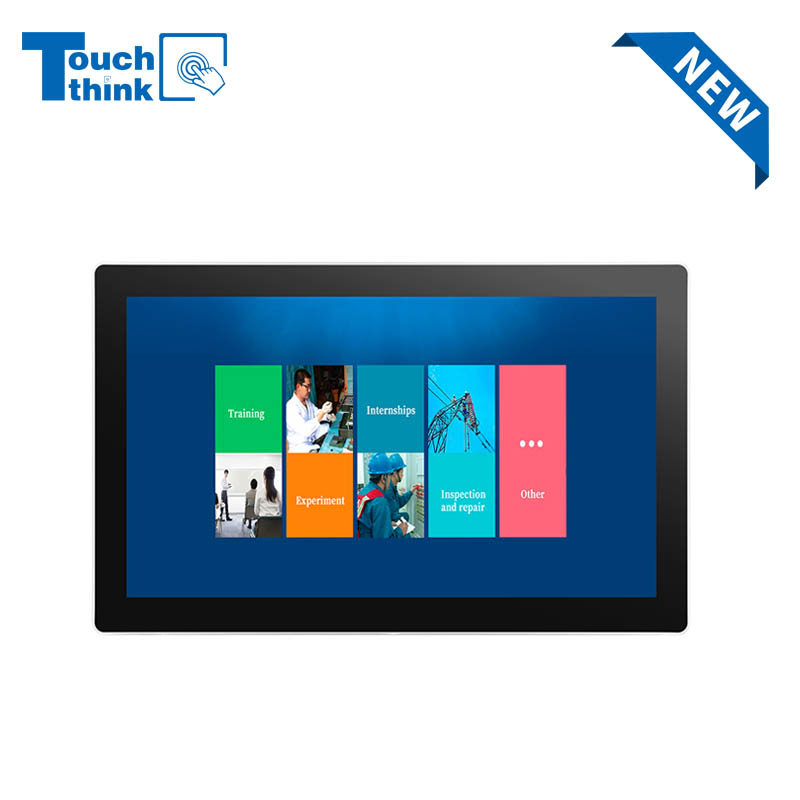
IP65 Wall-Mounted Industrial Touch Screen Monitor | Waterproof HMI Display VIEW MORE
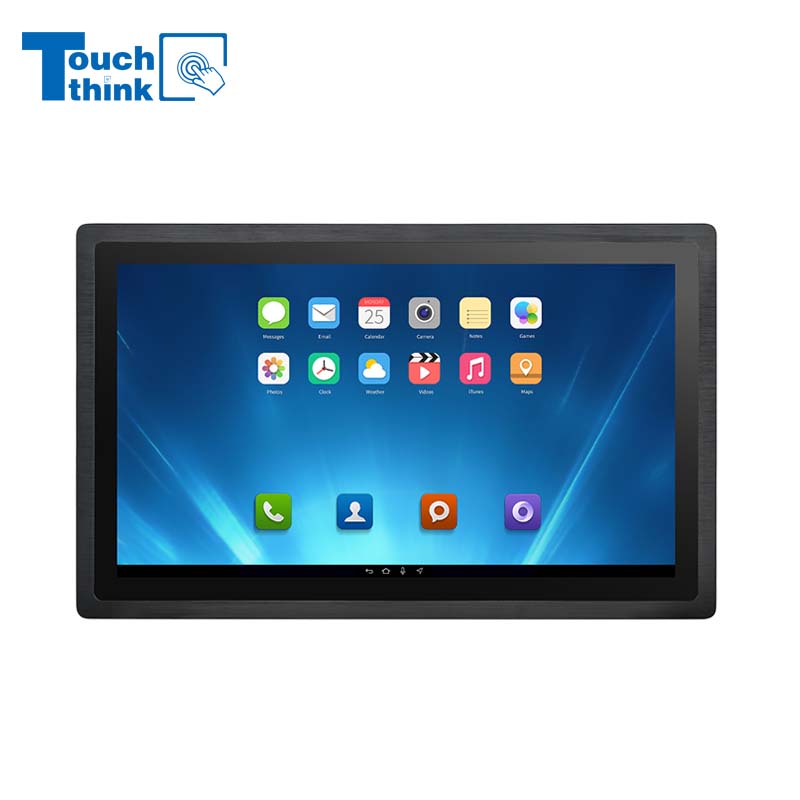
23.8 Inch Industrial Panel PC, Slim Ultra-Thin Design, Multiple I/O Ports, Rugged Touch Computer for IIoT VIEW MORE
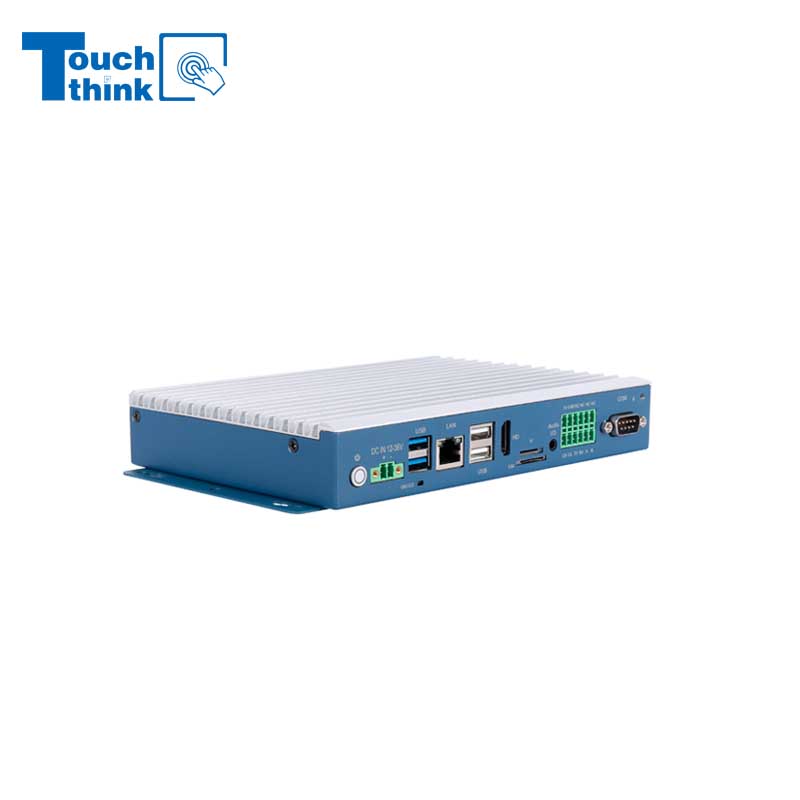
Embedded Fanless Computer ARM Cortex-A55 Quad-Core 64-bit Computers with 1TOPS NPU and Wi-Fi 6 Capabilities VIEW MORE
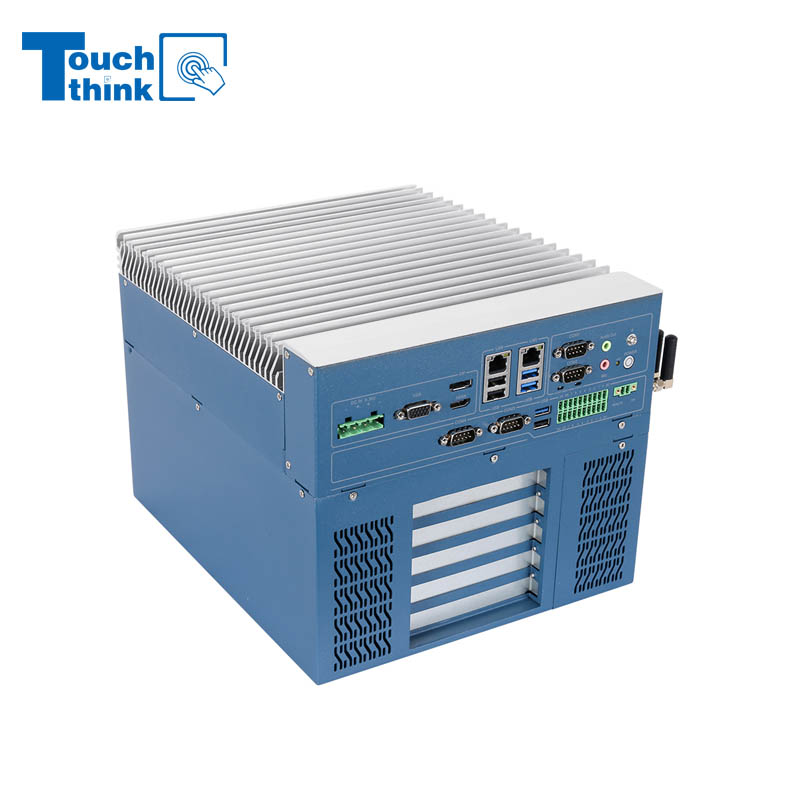
High Expandability Industrial Embedded PC with Expansion Slots PCIex16 PCIex4 9 to 36V Input VIEW MORE
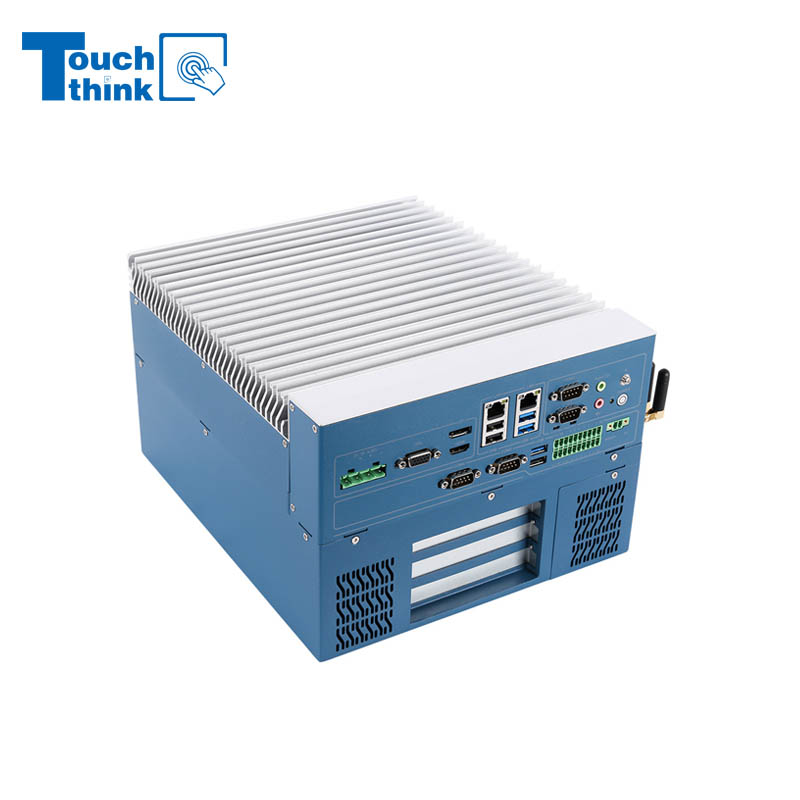
Modular Embedded Computer with Intel® Core 12/13/14th-Gen Processor 2.5GbE LAN VIEW MORE
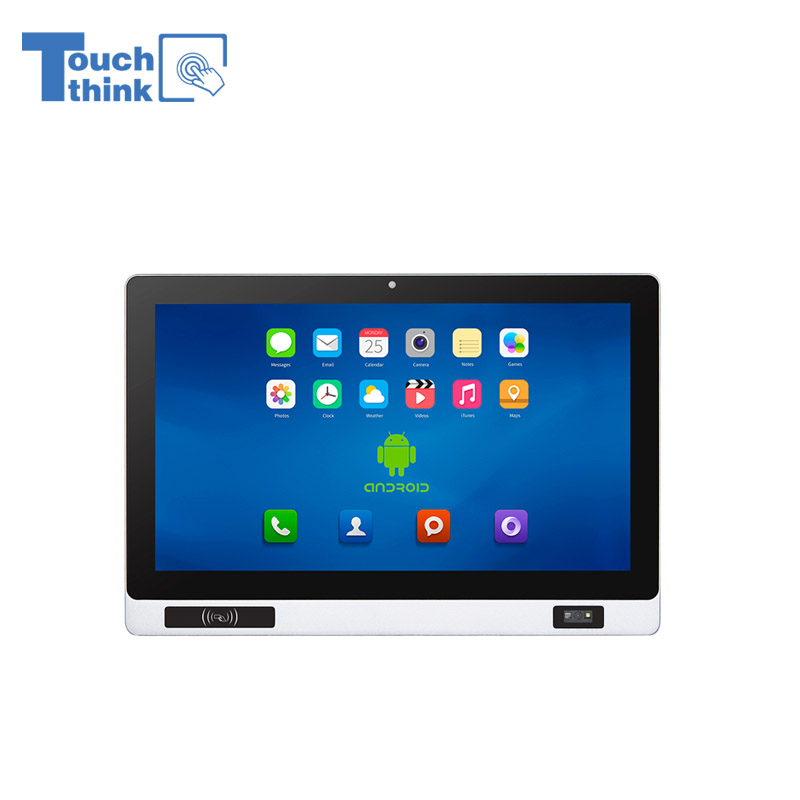
Industrial Panel PC with NFC and QR Code Scanning Functions for Smart Factory VIEW MORE
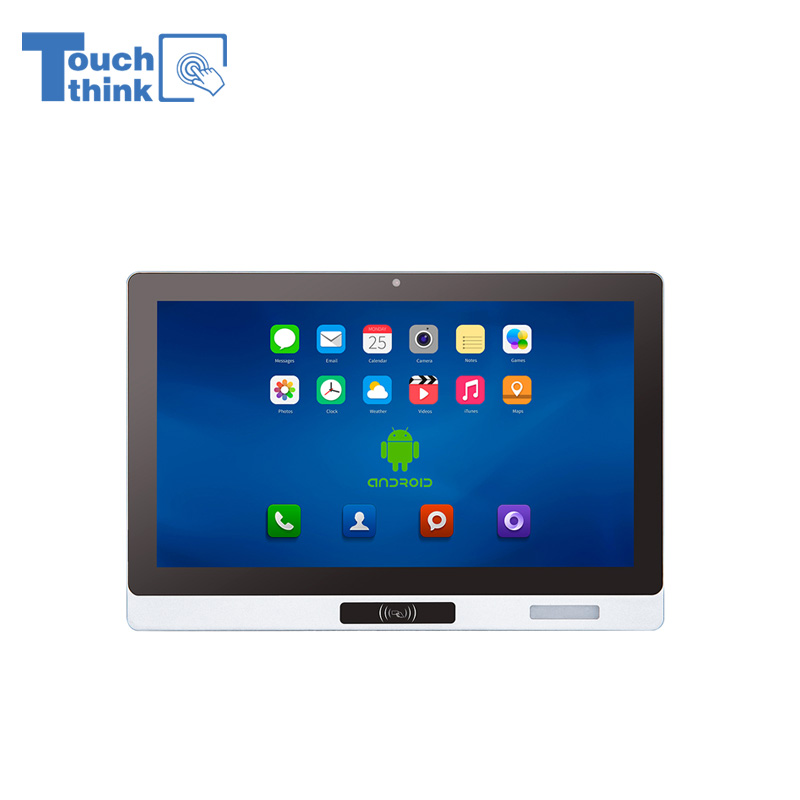
All-in-One Android Panel PCs with NFC/Camera For MES System in Digital Factory 24/7 Use VIEW MORE
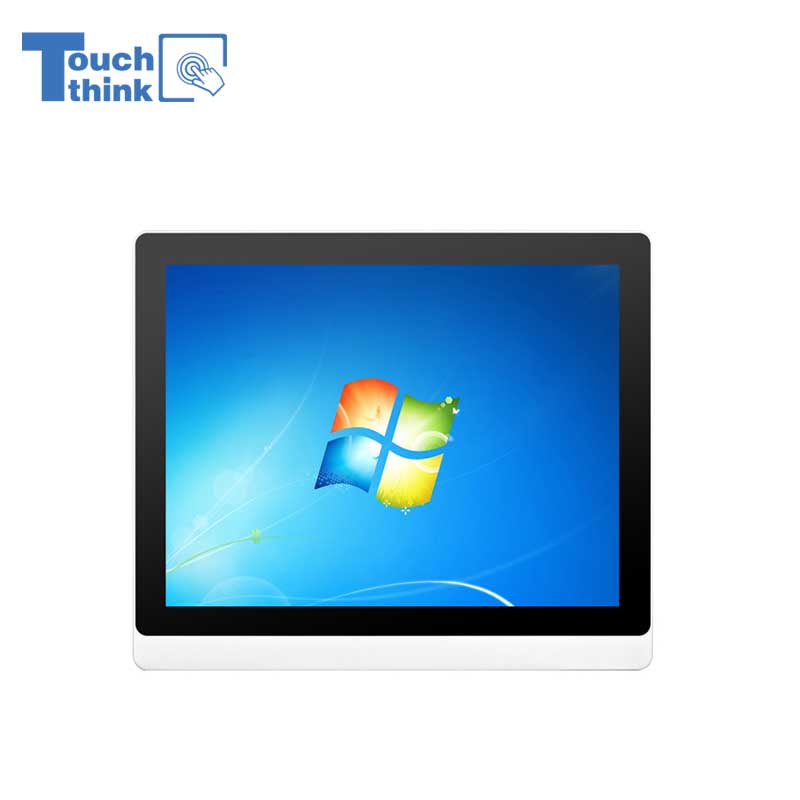
VESA Mount Industrial Touch Panel PC with i3 i5 i7 Processor Desktop Computer 8GB DDR4 128GB SSD VIEW MORE
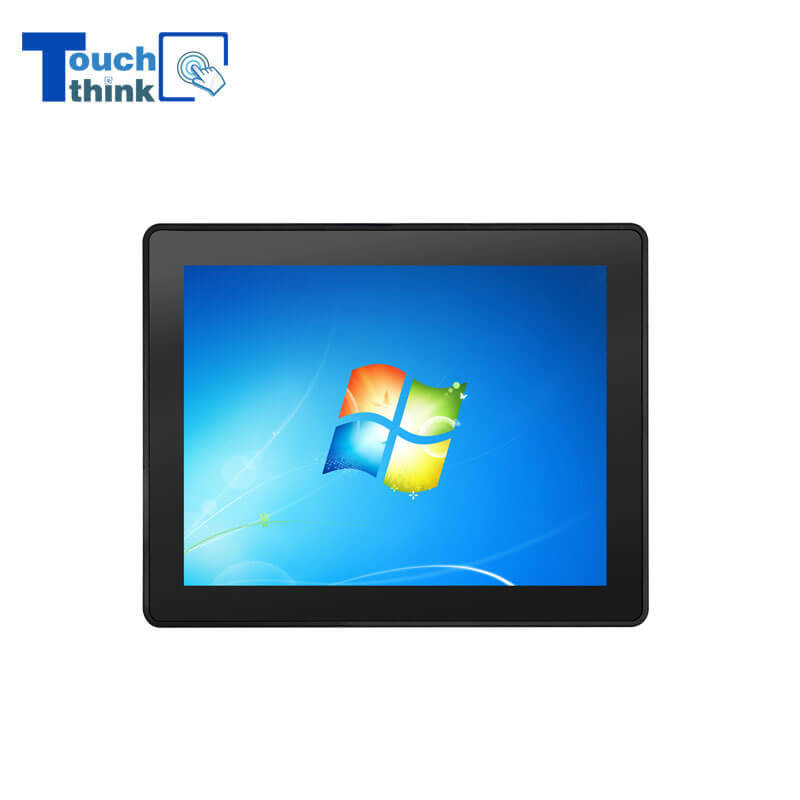
Rugged IP65 Industrial Touchscreen Computer Industrial HMI Panel PC VIEW MORE

8 inch Facial Recognition Terminal For Turnstile Access Control VIEW MORE
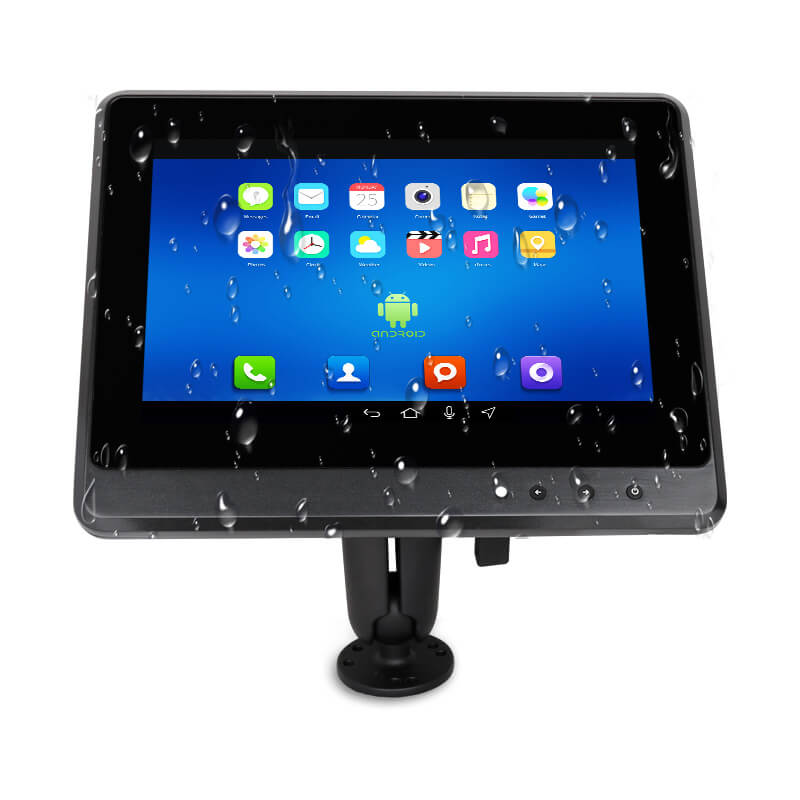
Android In-Vehicle Industrial Panel PC Vehicle AGV Computer VIEW MORE
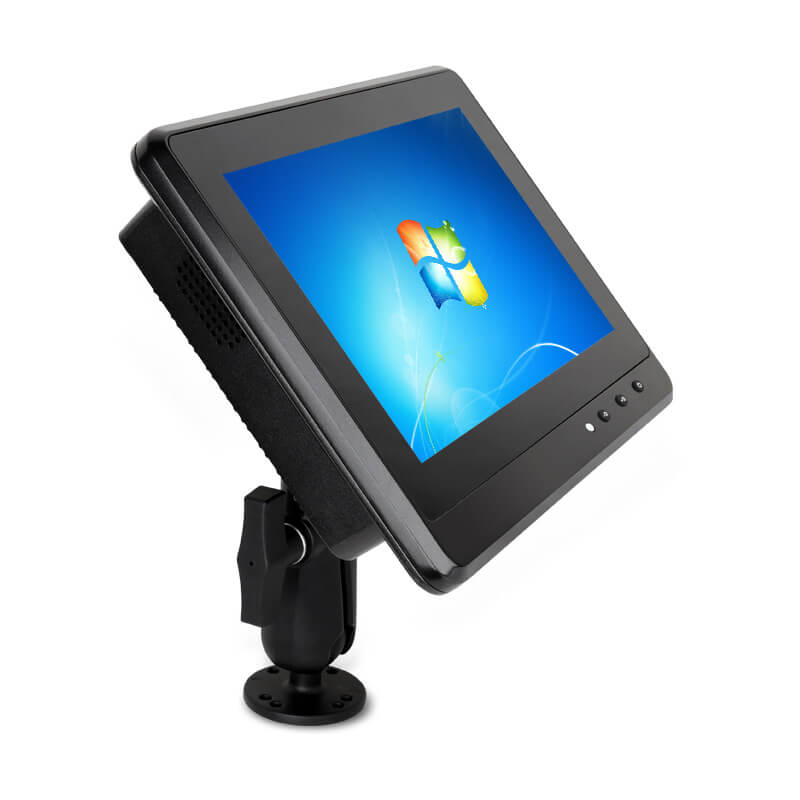
Transportation Panel PC Windows Vehicle Mounted Touch Computers VIEW MORE
Copyright © Shenzhen Touch Think Intelligence Co.,Ltd. All Rights Reserved Update cookies preferences